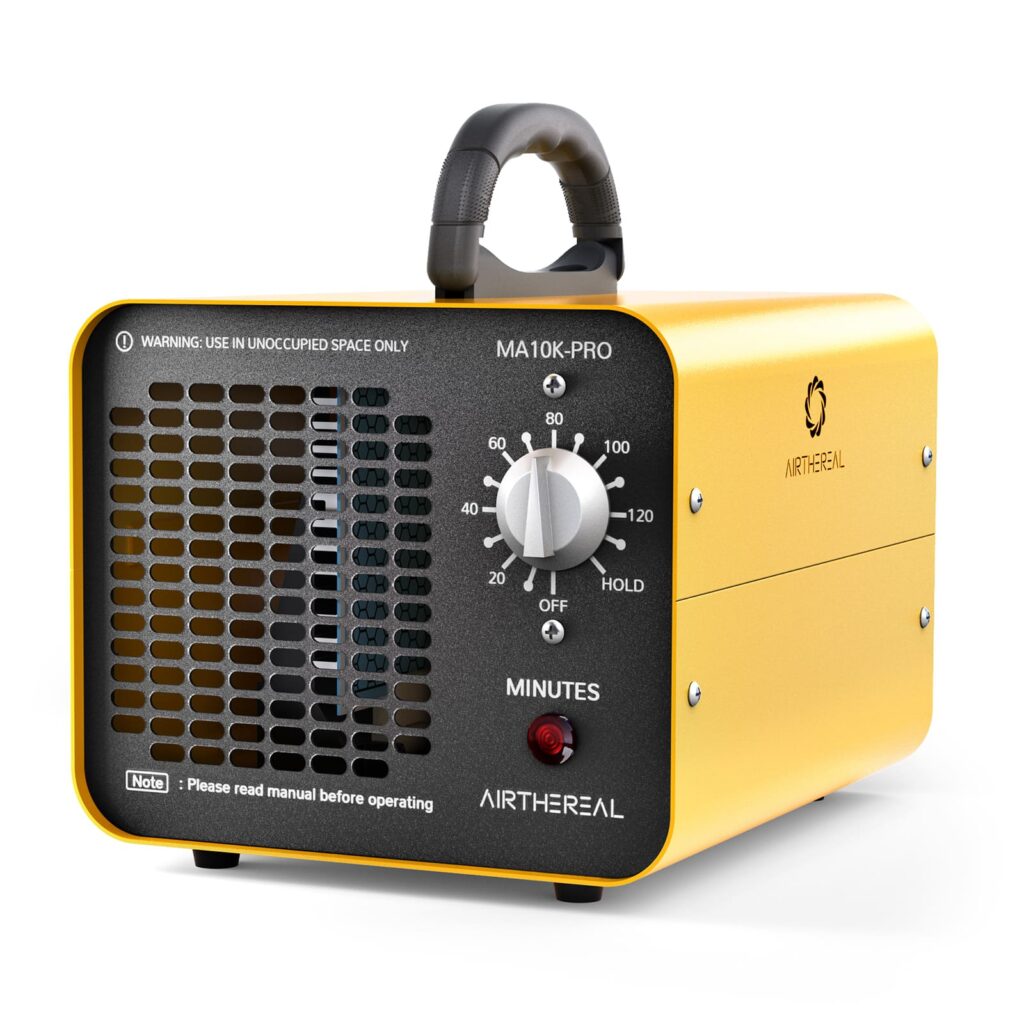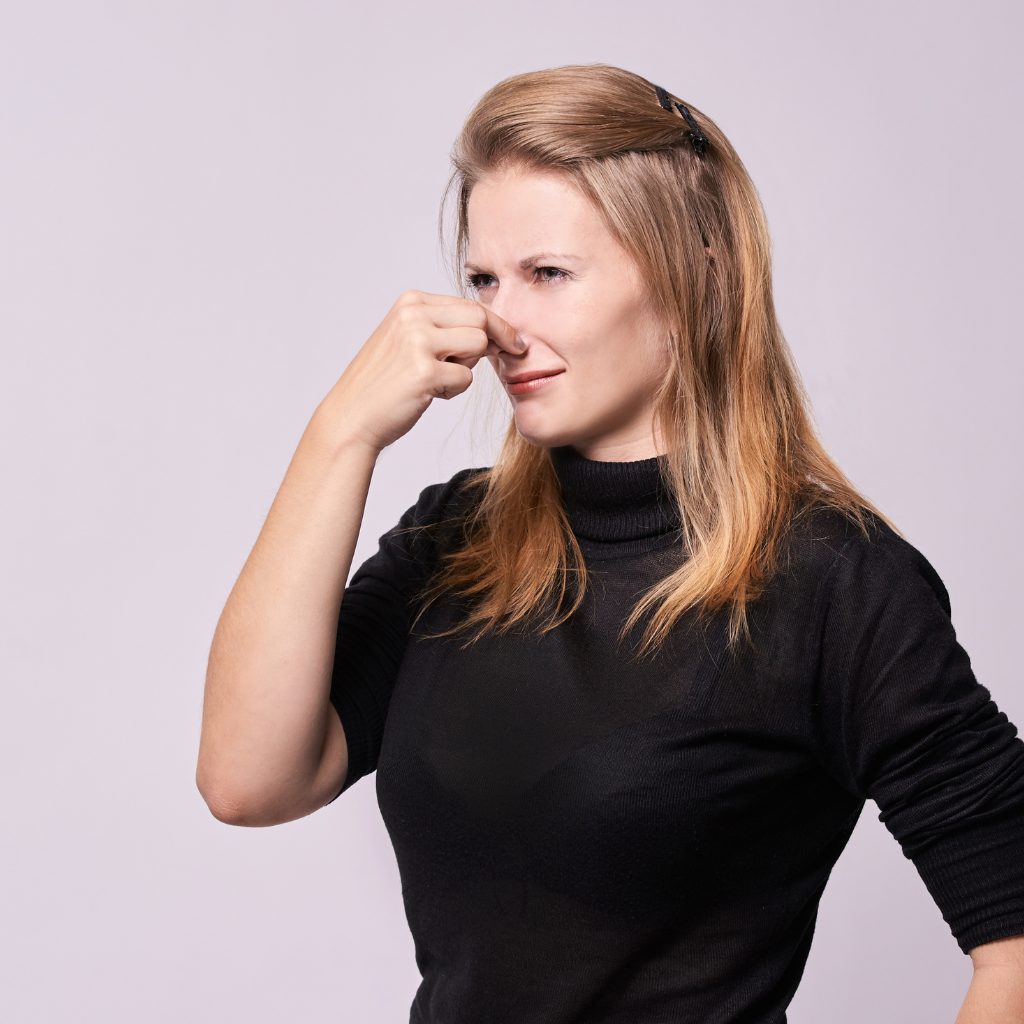Dealing with unpleasant odors in your home can be frustrating and concerning. This comprehensive guide will help you understand the different types of household odors, what they might indicate about your home’s health, and how to address them effectively.
Identifying Common Household Odors
Household odors can come from various sources and often indicate underlying issues that may require attention. Understanding what specific smells might mean can help you take the right action:
-
Musty or Moldy Smells: Often associated with attics, bathrooms, or other areas with high moisture, this odor can indicate the presence of mold or mildew.
-
Rotten Egg Smell: Usually signifies a natural gas leak or, in some cases, a problem with your plumbing system. This requires immediate attention as it can be dangerous.
-
Sewage or Sulfur Odors: These smells can be linked to a backed-up sewer line or broken sewer vent pipe and require urgent inspection and repair.
-
Fishy Smells: Oddly, a fishy smell doesn’t always come from fish; it can indicate electrical issues. Overheating electrical components can emit a pungent, fish-like smell.
-
Pet Odors: Homes with pets might experience smells from accidents or animal dander, which can permeate carpets, furniture, and even the HVAC system.
-
Tobacco Smoke: This can infiltrate fabrics, carpets, and duct systems, leaving a persistent odor.
The Importance of Indoor Air Quality Inspections
While temporarily eliminating odors can be done with cleaning products and air fresheners, persistent odors often indicate a more serious underlying issue. A professional air quality inspection can help identify the root causes of odors, ensuring that they are addressed safely and effectively. This not only helps in removing the odor but also in preventing potential health risks and property damage.
Deodorization is a sophisticated process that goes beyond simply masking unpleasant odors with fragrances. Instead, it aims to neutralize odors at their source using a variety of techniques and technologies. One of the most effective tools in the professional deodorization arsenal is the ozone machine, which plays a crucial role in eliminating persistent odors.
How Deodorization works
Deodorization is a sophisticated process that goes beyond simply masking unpleasant odors with fragrances. Instead, it aims to neutralize odors at their source using a variety of techniques and technologies. One of the most effective tools in the professional deodorization arsenal is the ozone machine, which plays a crucial role in eliminating persistent odors.
Understanding the Deodorization Process
Deodorization involves several steps, each designed to address different aspects of odor elimination:
-
Source Removal: The first step is identifying and removing the source of the odor. This could be anything from accumulated garbage, old carpets that have absorbed smells, to areas affected by mold or mildew.
-
Cleaning and Sanitizing: After removing the odor source, thorough cleaning and sanitizing of the affected areas are essential. This step often involves deep cleaning carpets, draperies, and upholstery, and using antimicrobial agents to treat areas prone to mold growth.
-
Air Scrubbing and Ventilation: Air scrubbers may be used to clean the air of particulate matter, while increased ventilation helps dilute odor molecules in the air. Proper ventilation is crucial for removing any airborne contaminants and for aiding in the drying process after cleaning.

How Ozone Machines Removes Odors
Ozone machines are particularly effective in the deodorization process due to their ability to destroy odors at a molecular level. Here’s how they work:
-
Ozone Generation: Ozone machines generate ozone (O3), a molecule composed of three oxygen atoms. Ozone is a powerful oxidizing agent that reacts with odor molecules, altering their chemical structure and neutralizing unpleasant smells.
-
Oxidation Process: When ozone comes into contact with odor-causing molecules, it causes a chemical reaction that breaks down the odor molecules into smaller, less offensive molecules that are often completely odorless. This process is effective against a wide range of odors, including those caused by smoke, mold, animals, and cooking.
-
Safety Considerations: While ozone is highly effective, it is also a strong oxidant that can be harmful to breathe in high concentrations. Therefore, ozone treatments are typically conducted in unoccupied spaces, and the area must be properly ventilated before re-entry.
DIY Ozone Treatment
While ozone treatment is effective for eliminating tough odors and can be conducted as a DIY project, it comes with significant risks due to the harmful nature of ozone to living organisms. If you decide to use an ozone generator yourself, it’s essential to thoroughly understand and follow the manufacturer’s instructions, ensure the area is unoccupied by people, pets, or plants, and properly ventilate the space after treatment.
However, if you’re unsure about how to safely operate an ozone generator, it’s advisable to hire a professional. Professionals not only know how to safely set up and use these devices but also address the underlying causes of odors, ensuring a comprehensive solution.
Conclusion
If you’re experiencing persistent or unexplained odors in your home, it’s important to take action. These odors could be symptoms of larger issues that might compromise your home’s structural integrity and your health. Contact us today to learn more about our deodorization services and how we can help you maintain a clean and healthy home environment.
For more information or to schedule an inspection, visit our website or call our expert team. Let us help you ensure that your home is not only odor-free but also safe and healthy.


